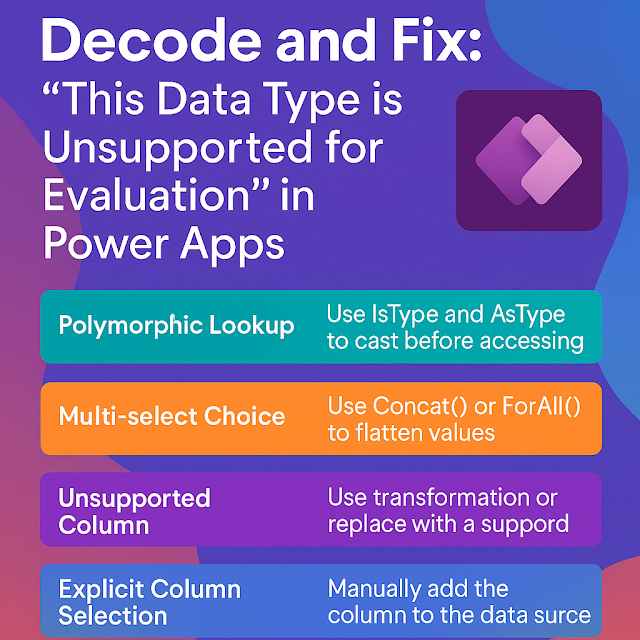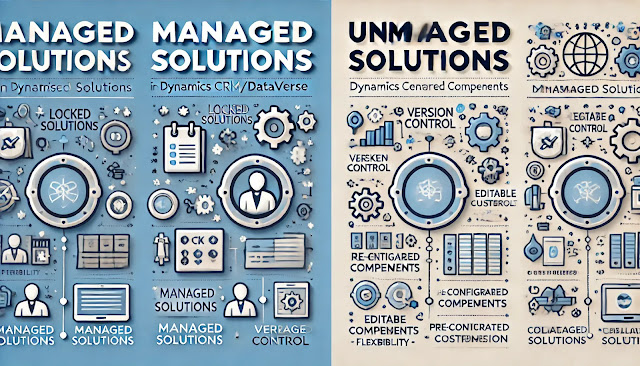Microsoft Dynamics 365 Customer Experience Analyst : Configure Teams calling and dialer
Configuring Teams Calling and Dialer in Dynamics 365 Sales enables seamless communication directly within the CRM, improving productivity and collaboration for sales teams. This integration allows users to make, receive, and log calls through Microsoft Teams without leaving the Dynamics 365 Sales interface. By connecting Teams with Dynamics, users can initiate calls directly from contact, lead, or opportunity records using the embedded Teams dialer. Administrators can configure the Teams Calling settings by enabling the feature in the Dynamics 365 app settings, linking users’ Teams accounts, and managing permissions through the Microsoft 365 admin center. Call details, including duration, participants, and notes, can be automatically captured and associated with the relevant records in Dynamics. This unified experience not only reduces context switching but also enhances relationship management by keeping all communication history within a single platform, ensuring sales agents have a complete view of their customer interactions.
Microsoft Teams Calling and Dialer integration in Dynamics 365 Sales allows sellers to make and receive calls directly within Dynamics 365—without switching between apps.
It brings together collaboration, communication, and CRM data to improve sales efficiency and customer engagement.
With this feature, salespeople can:
- Call leads, contacts, or accounts directly from record pages.
- Use the embedded dialer powered by Microsoft Teams.
- Log calls automatically to the timeline.
- Take notes and create follow-up activities—all within Dynamics.
1. Prerequisites
Before enabling Teams Calling in Dynamics 365 Sales, ensure that the following requirements are met:
Licensing Requirements
- Dynamics 365 Sales Enterprise or Premium license.
- Microsoft Teams license with Phone System and Calling Plan (or Direct Routing).
- Both services must be under the same Microsoft 365 tenant.
Permissions
- System Administrator or Sales Manager role in Dynamics 365.
- Admin access to Microsoft 365 Teams Admin Center.
2. Enable Microsoft Teams Integration
- In Power Platform Admin Center, go to:
- Environments → [Select your environment] → Settings → Integration → Microsoft Teams Integration.
- Toggle “Enable Microsoft Teams collaboration” to On.
- Save the configuration.
- Optionally, enable “Allow chat and calling” features for Dynamics users.
This step ensures that Dynamics 365 records can display Teams chat and call options.
3. Configure Teams Dialer
- Open Dynamics 365 Sales Hub.
- Navigate to:
- App Settings → Productivity Tools → Teams dialer.
- Enable the Teams dialer feature.
- Choose one of the modes:
- Embedded Dialer – makes and receives calls directly inside Dynamics.
- Pop-out Dialer – opens a separate Teams window for calls.
- Save and publish the settings.
4. Connecting User Accounts
Each user must be signed into Teams with the same Microsoft 365 credentials used in Dynamics 365.
When signed in, the Teams icon (📞) appears in Dynamics record forms (like Lead, Contact, or Opportunity).
Clicking the icon opens the dialer to start a call.
5. Call Logging and Data Capture
When a call is made or received:
- The call is automatically logged in the Activity Timeline of the corresponding record.
- Notes and follow-ups can be created directly within the call panel.
- Call metadata (start time, duration, participants) is stored.
You can configure this under:
App Settings → Sales Insights → Calls and Notes.
6. Optional: Enable Conversation Intelligence (Premium Feature)
If you’re using Dynamics 365 Sales Premium, you can enable Conversation Intelligence, which:
- Analyzes recorded Teams calls.
- Identifies keywords, sentiment, and competitor mentions.
- Provides insights into seller performance and customer sentiment.
Configuration path:
App Settings → Sales Insights Settings → Conversation Intelligence.
7. Troubleshooting & Validation
If Teams dialer doesn’t appear:
- Verify that the Teams app is enabled for the Dynamics environment.
- Check user licenses (must have Teams Phone System).
- Clear browser cache and sign out/in again.
- Confirm that Microsoft Teams integration is turned on in the Power Platform Admin Center.













Comments
Post a Comment